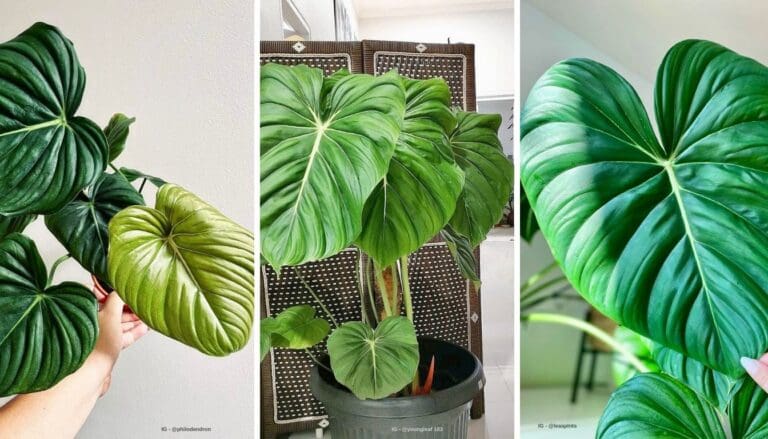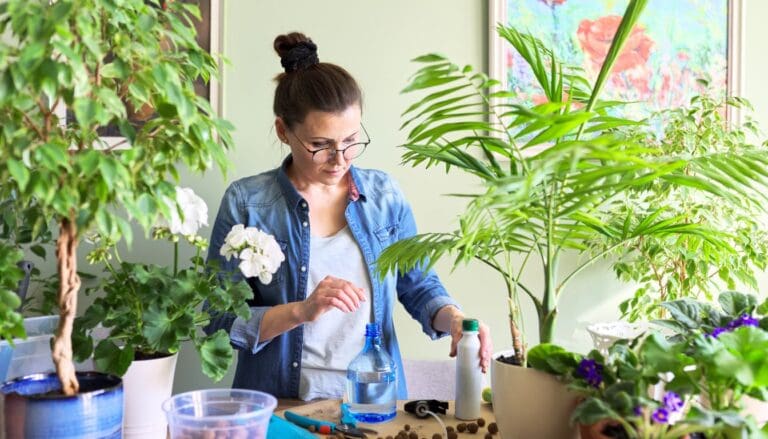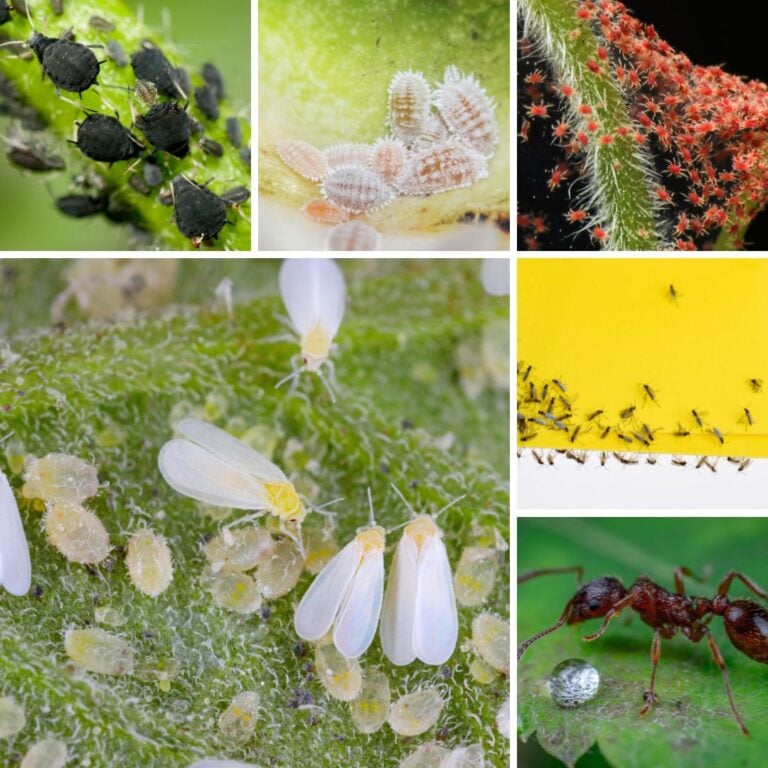7 Things to Do When Your Plant Starts Yellowing In Fall
Whenever I spot yellow leaves on my plant, I get a little anxious. It’s tough not knowing what’s wrong or how to make things better.
Figuring out what to do when my plant starts yellowing can honestly make all the difference.
I’m sharing some simple steps that have helped me bring my plants back to that healthy green glow.
Please note: Simplify Plants is reader-supported. As an Amazon Associate, I earn from qualifying purchases made by our readers with no extra cost added to you all! Some links in the post are affiliate links and I get a commission from purchases made through links in the post.
1) Check soil moisture and water if dry

The first thing I do when I see yellow leaves is poke my finger into the soil. If it feels dry or dusty about an inch down, my plant’s probably thirsty.
I’ll water until I see some draining out the bottom. But I try not to get carried away—overwatering can be just as bad.
If the soil is still moist, I wait before watering again. Both too much and too little moisture can lead to yellowing.
I like to check on a regular schedule, just so I don’t forget. Sometimes I’ll use a moisture meter if I’m feeling fancy, but honestly, the finger test works just fine most days.
Getting watering right is one of the easiest ways to stop yellow leaves. I stick to watering when the top inch of soil feels dry, and my plants seem happier for it.
2) Move plant to indirect sunlight
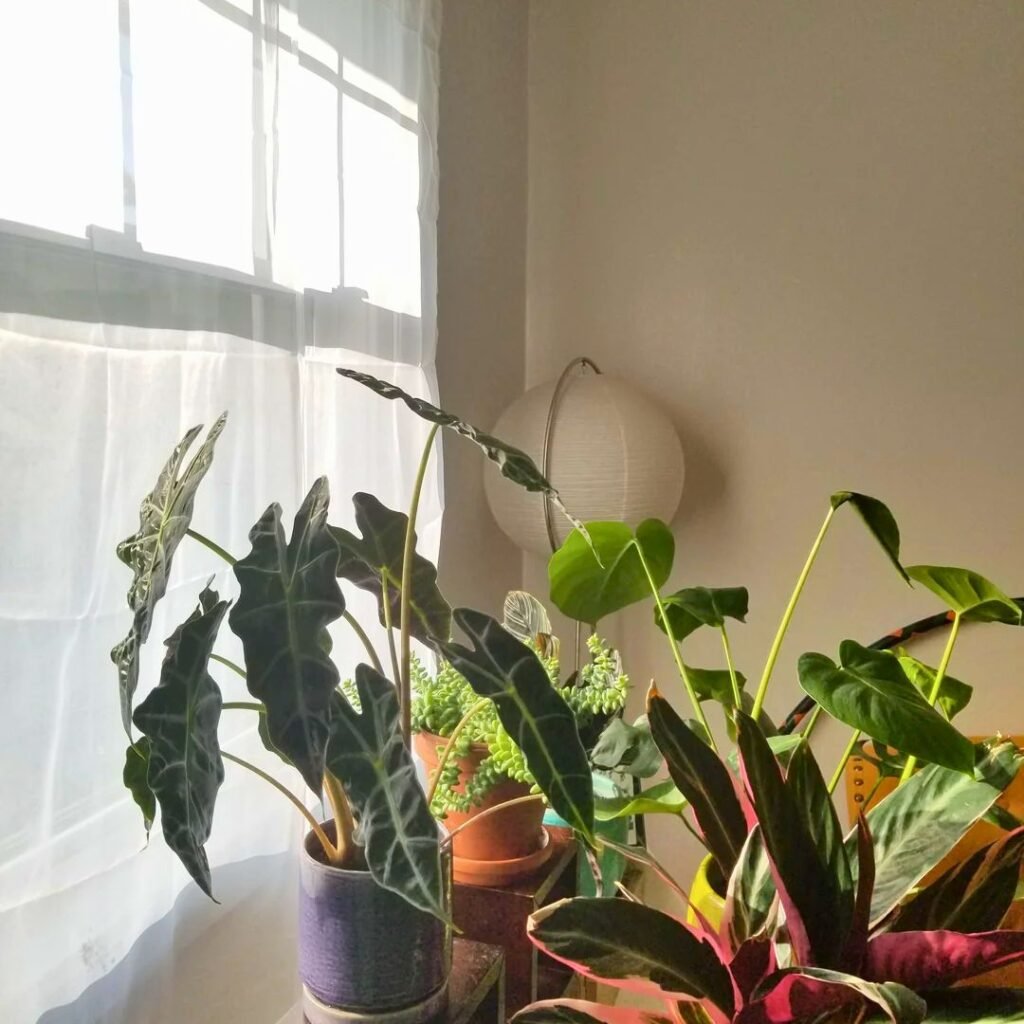
Too much direct sunlight can really mess with your plant. I’ve seen leaves get crispy and yellow from sitting in harsh light all day.
I usually move my plant away from bright windows, or I’ll hang a sheer curtain to soften the sun. It’s surprising how much better my plants look with just a little filtered light.
If I’m not sure about the light in a spot, I try moving the plant around until it seems happier. Sometimes it takes a few days for the leaves to perk up, but it’s worth the wait.
Finding the right light is a bit of trial and error. I keep an eye out for changes and just adjust as needed.
3) Trim yellowing leaves carefully

Yellow leaves bug me, so I grab my scissors when I see them. Trimming them helps the plant focus on new growth.
I always use clean, sharp scissors and cut close to the base. If only the tip is yellow, I’ll just snip that part instead of the whole leaf.
I try to be gentle—no yanking or tearing. And I always wash my tools after, just in case.
Trimming isn’t just about looks; it keeps the plant from wasting energy on leaves that aren’t coming back.
4) Inspect for pests like spider mites
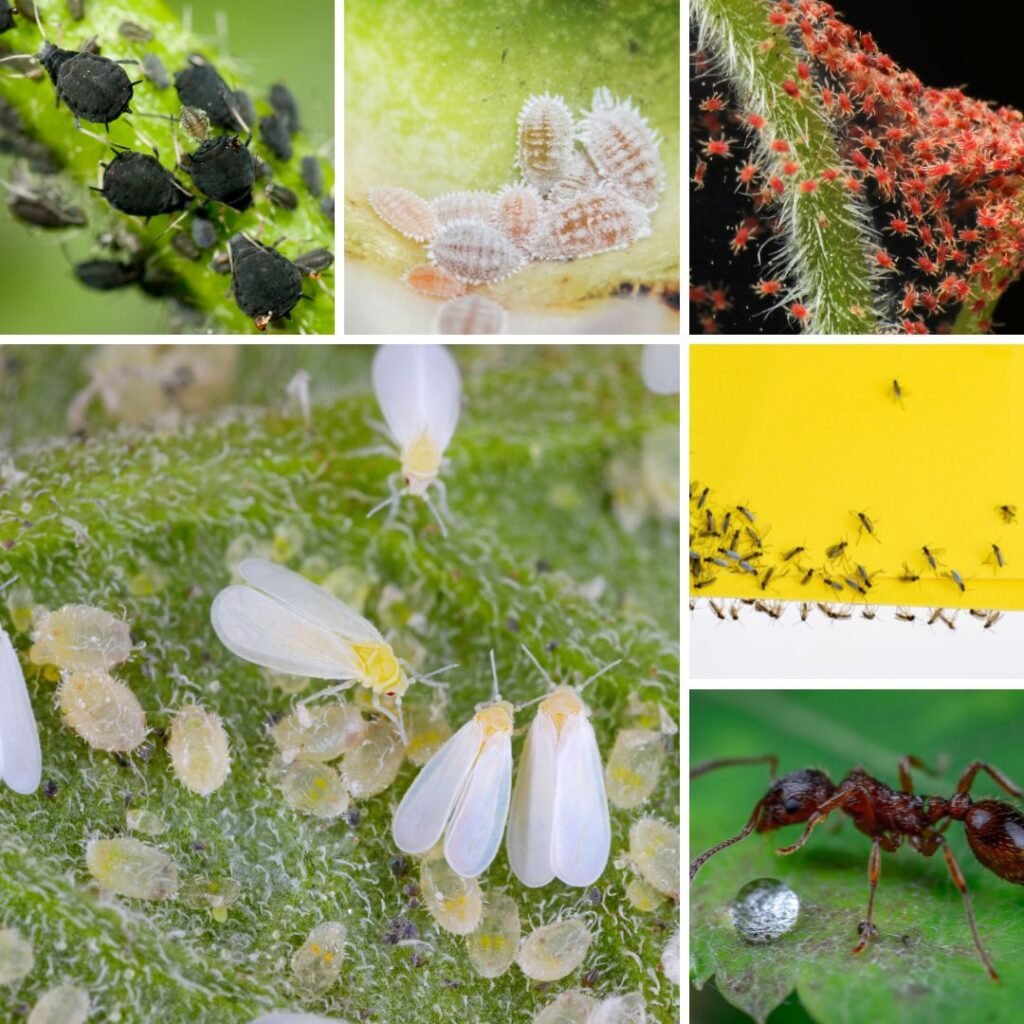
If yellow leaves keep popping up, I start hunting for pests. Spider mites are so tiny, I sometimes need a magnifying glass to spot them.
I check the undersides of the leaves first. If I see little moving dots or fine webbing, I know I’ve got a problem.
Yellow or brown spots are another clue. Sometimes I’ll shake a leaf over white paper to see if anything falls off.
If I find bugs, I move the plant away from others right away. I try not to freak out—most pest problems can be handled.
A gentle rinse or a wipe with a damp cloth usually helps. For bigger infestations, I’ll use insecticidal soap or neem oil.
Checking regularly helps me catch pests before things get out of hand. It’s not fun, but it’s worth it.
5) Fertilize with a balanced liquid fertilizer

When yellow leaves show up, I ask myself if the plant’s hungry. Sometimes, it just needs a little fertilizer.
I like a balanced liquid fertilizer—the kind with equal parts nitrogen, phosphorus, and potassium. The numbers on the bottle (like 10-10-10) make it easy.
I follow the directions and mix it with water. Overdoing it is risky, so I stick to the recommended amount.
I only fertilize when the soil is damp, not bone dry. After feeding, I watch for new green growth over the next week or so.
If the yellowing doesn’t stop, I know there’s something else going on. I usually fertilize about once a month when the plant’s actively growing, and I take a break in winter.
6) Repot plant in fresh, well-draining soil

Sometimes, yellow leaves mean the soil’s just tired out. If it’s compacted, smelly, or moldy, I know it’s time to repot.
I pick a pot that’s a little bigger, with drainage holes. Fresh, well-draining soil is a must—I usually grab a mix that suits my plant type.
I gently take the plant out, shake off old soil, and trim any mushy or dark roots. Healthy roots are light-colored.
I fill the new pot with fresh soil, set the plant in, and fill around the roots. Keeping the stem above the soil line helps prevent rot.
After repotting, I water just enough to settle the soil, then let the plant chill for a few days before watering again.
Repotting usually perks up my plants. It gives them room to grow and a fresh start.
7) Increase humidity around the plant

Dry air can sneak up on houseplants and turn their leaves yellow. I notice this a lot in winter.
To fix it, I set a tray of water near the plant. As it evaporates, it adds moisture to the air.
I’ll also mist the leaves a few times a week with a spray bottle. Grouping plants together helps too—they kind of create their own little humidity bubble.
If things are still too dry, I’ll use a small humidifier. I just make sure not to put it too close, so the leaves don’t get soggy.
Tropical plants like ferns and calatheas really need that extra humidity. Sometimes I’ll keep them in the bathroom or kitchen, since those rooms are naturally more humid.
If I catch yellowing early and boost the humidity, I usually see the leaves bounce back.
Understanding Why Leaves Turn Yellow
Yellow leaves are usually a sign something’s off. I always try to pinpoint the cause early so I can turn things around.
Common Causes of Yellowing Leaves
Here’s what I look out for:
- Overwatering: Roots get suffocated and leaves go yellow or drop off.
- Underwatering: Not enough water means dry, yellow leaves.
- Lack of nutrients: Too little nitrogen or iron leads to yellow patches.
- Lighting problems: Too much or too little sun stresses the plant.
- Temperature changes: Sudden cold or heat can cause yellowing.
- Pests or disease: Spider mites and fungal problems can also be to blame.
Checking each of these helps me figure out what my plant needs. Sometimes it’s a guessing game, but that’s half the fun, right?
How Yellowing Affects Plant Health
Yellow leaves aren’t just a cosmetic issue. They’re usually a sign that the plant isn’t making enough food through photosynthesis.
This can slow down growth, and honestly, it can make my plant look a bit sad or weak.
If I ignore yellow leaves, the plant might just drop them. Over time, it could stop growing well.
Sometimes, the whole plant starts to wilt or lose its shape. That’s when I know I have to step in.
I watch for yellowing as an early warning. It’s my cue to do something before things get worse.
Keeping leaves green is pretty much the secret to a strong, happy plant.
Preventing Future Yellowing
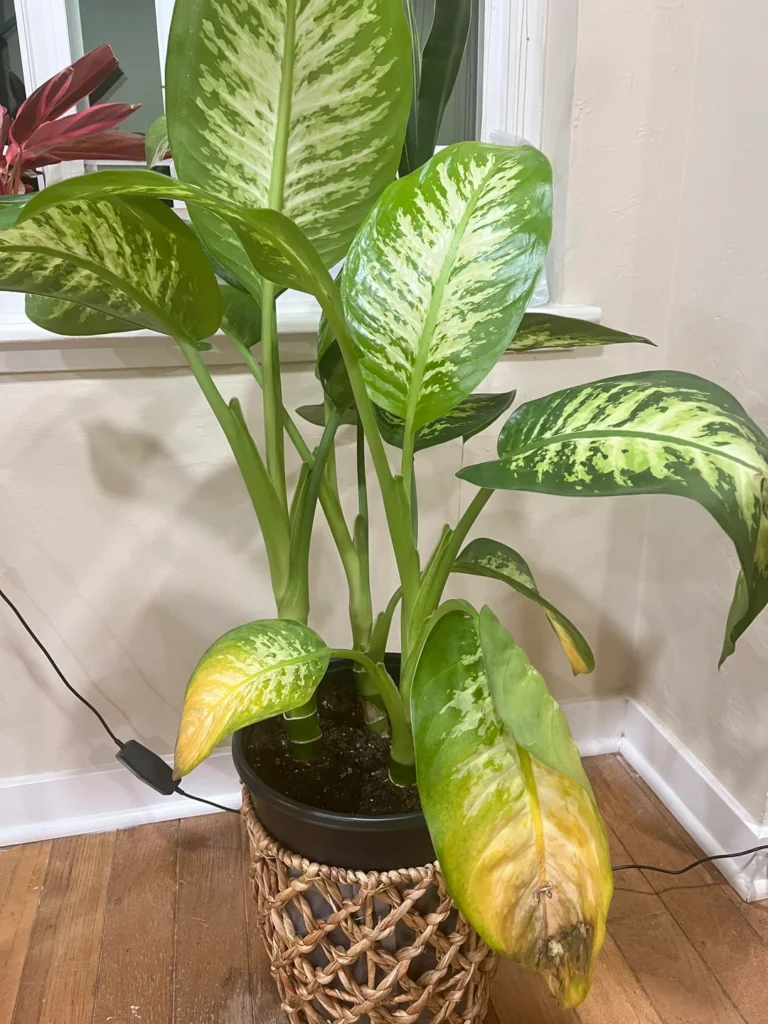
I’ve noticed that healthy plants need both daily care and some attention to long-term routines.
Figuring out how to water and feed my plants keeps leaves green and looking good.
Long-Term Plant Care Tips
I always double-check that my plant is getting the right amount of light. Finding a spot with gentle, indirect sunlight really helps keep leaves looking their best.
I avoid putting my plant in drafts or spots with sudden temperature swings. That kind of stress just seems to invite yellow leaves.
Healthy soil is a big deal too. I repot when roots get too crowded, and I only use pots with drainage holes.
This way, I can avoid soggy roots, which are notorious for causing leaf discoloration.
Every few weeks, I check for pests or mold. I’ll trim away any dead or dying leaves while I’m at it.
Honestly, these little check-ins make a big difference.
Adjusting Watering and Fertilizing Habits
Watering is tricky—too much or too little, and leaves start going yellow. I just poke the top inch of soil; if it’s dry, I water, and if it’s not, I wait.
Each plant is different, so I always peek at the care tag or do a quick online search first.
Fertilizing matters, too. I stick to a balanced, water-soluble fertilizer every few weeks during the growing season.
I’m careful not to overdo it, since too much fertilizer can burn leaves and cause yellowing. Reading the directions on plant food is honestly a lifesaver.
Frequently Asked Questions
Sometimes yellow leaves just mean water issues, poor light, or missing nutrients.
I also check for pests or root problems before I decide what to do next.
What nutrient deficiencies cause plant leaves to turn yellow?
A lack of nitrogen is a pretty common culprit. Iron, magnesium, and potassium deficiencies can also make leaves go yellow, especially on older or lower leaves.
How can you restore the green color to yellowing leaves on indoor plants?
I start by watering only when the soil is dry and moving my plant somewhere with indirect sunlight.
If I think there’s a nutrient issue, I grab a balanced liquid fertilizer and see if that helps.
What could be the reason behind yellow leaves on outdoor plants?
Outdoor yellow leaves? It could be too much water, bad drainage, pests, or even a sudden weather change.
I usually check for bugs first, then tinker with watering or move my plant if it’s baking in the sun.
Why are my plant’s leaves turning yellow and then brown?
When leaves go yellow and then brown, it’s usually overwatering or underwatering.
Sometimes it’s root rot from soggy soil, or just not enough moisture.
Is it recommended to remove yellow leaves from plants?
Yes, I trim away yellow leaves with clean scissors.
It helps the plant focus on healthy new growth, and honestly, it just looks tidier.
Could under-watering be the reason my plant leaves are yellowing?
Absolutely, letting a plant get too dry can make the leaves yellow and even a bit crispy. I usually poke my finger into the soil—if it feels dry past an inch or so, that’s my cue to water.
Honestly, it’s easy to forget just how quickly soil can dry out, especially in warmer rooms. Maybe give the soil a quick check every few days just to be safe.
Recommended Garden Supplies
| Product Image | Our Recommended Gardening Supplies | Check Offers! |
|---|---|---|
Top Top
Top
Top
Top
Top
Top
Top
Top | rePotme Houseplant and Tropical Classic Potting Soil Mix | Check Offer On Amazon |
 Top
Top
Top
Top
Top
Top
Top
Top | Espoma Organic Indoor Plant Food | Check Offer On Amazon |
 Top
Top
Top
Top
Top
Top
Top
Top | GooingTop LED Grow Light 6000K Full Spectrum Clip Plant Growing Lamp | Check Offer On Amazon |
 Top
Top
Top
Top
Top
Top
Top
Top | Soil Moisture Meter | Check Offer On Amazon |
 Top
Top
Top
Top
Top
Top
Top
Top | Govee Hygrometer Thermometer, Bluetooth Enabled! | Check Offer On Amazon |
 Top
Top | LEVOIT Humidifiers for Large Room(Best For Plants) | Check Offer On Amazon |
 Top
Top
Top
Top
Top
Top
Top
Top | Upgraded DIY Automatic Drip Irrigation Kit, 15 Potted Houseplants Support | Check Offer On Amazon |
 Top
Top
Top
Top
Top
Top
Top
Top | Stainless Steel Heavy Duty Gardening Tool Set | Check Offer On Amazon |
 Top
Top
Top
Top
Top
Top
Top
Top | Bonide Insecticidal Soap | Check Offer On Amazon |
 Top
Top
Top
Top
Top
Top
Top
Top | Bonide 32 oz Spray Neem Oil for Organic Gardening | Check Offer On Amazon |
 Top
Top
Top
Top
Top
Top
Top
Top | Garden Safe Fungicide | Check Offer On Amazon |


